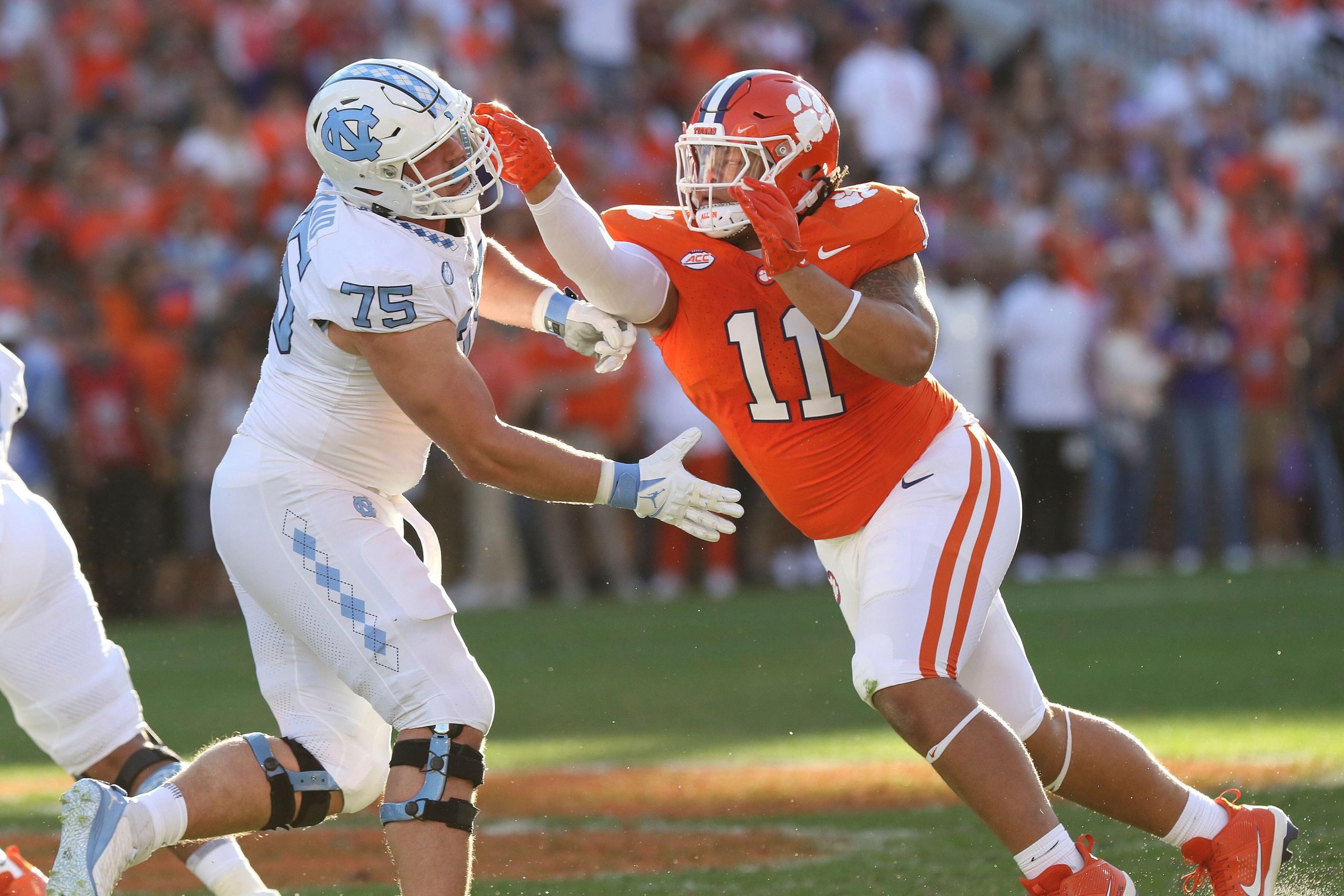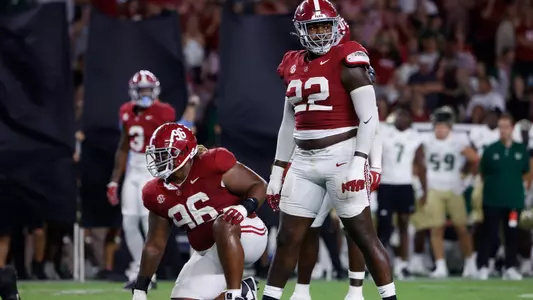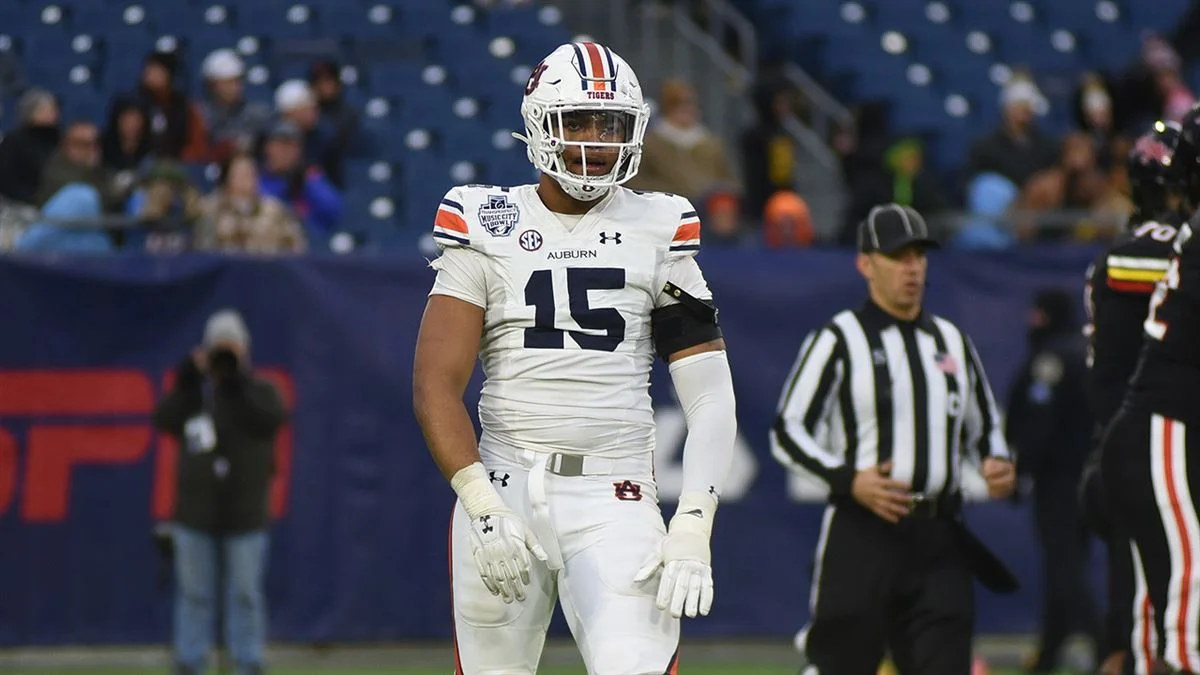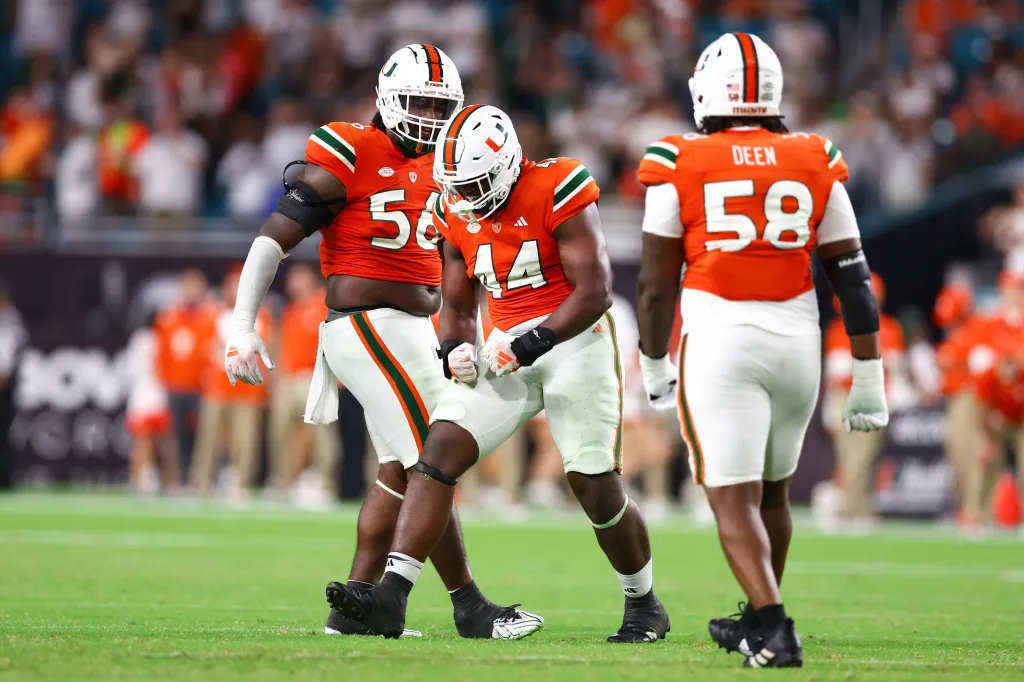Send Matt an e-mail here: [email protected]
All other e-mail, including advertising and link proposals, send to: [email protected]
One of the most intriguing things regarding the NFL Draft is the trades taking place. Teams move up for the players they feel can win them a championship, or trade down to acquire more picks in the hopes maximizing their value.
The question remains: How do these teams determine the worth of their draft picks to make such trades?
The answer lies in the Trade Value Chart (TVC), created by Dallas Cowboys head coach Jimmy Johnson in the mid 90s to determine the value of the non-compensatory draft picks (since comp picks can’t be traded, there is no point in assigning them value).
Unfortunately, the public has a huge misconception of the TVC. Those who do not understand it feel like it is not necessary to use math to determine the outcome of trades. If you feel this way, then you are being completely ignorant of the process.
There are two qualities you must not ignore when you make a trade on Draft Day: objectivity and subjectivity.
Why is it important to have the TVC? The TVC eliminates all bias and subjectivity out of the equation. A point value is assigned to each pick so you know the worth of each pick. It is purely objective.
How else can you logically assign value to each pick without using a point system? How do you explain your reasoning on how much more the No. 4 pick is worth than the No. 18 pick? The bottom line is you cannot because you are bringing absolute bias to the table.
It is important to be objective with the TVC so you know how much these picks are worth. If you have no objectivity, you really have no clue how much the picks are worth. And if you do not know how much the picks are worth, then you really cannot make successful trades.
Okay, so now you are giving me the nickname Mr. Objective. Subjectivity is also necessary when making a trade. I do not believe in assessing the value of a trade purely from the TVC perspective, though the TVC is very important (since you need to know what you are getting out of the pick). The players in the draft need to be accounted for. How deep is the talent in the NFL Draft relative to where you are trading back into? What do you think the odds are the talent will fall to you? Can you leverage more out of the trade than the initial offer? The list goes on and on.
To be purely objective and not look at the NFL Draft itself is ignorant. To be purely subjective and ignore the value of the picks is also ignorant.
Another question you might be asking is why it is necessary to have a uniformed trade value chart throughout the league. “Why not just let every team have their own trade value chart and go from there?”
It is important that there is a uniformed TVC chart to get these deals done. If you have significantly different TVCs, teams rarely would come to an agreement on a “fair” trade. One team sees the trade package they are receiving as 1,750 points, while the other team sees it as a 2,400-point package (equal to the pick they are trading up for). Deals would never happen.
With a uniformed TVC, front offices can more accurately determine the worth of the trade. The talent in the NFL Draft doesn’t usually change that much from one year to the next, so there is no point in constantly changing it, leading to more confusion.
In the next Draftology, I am going to tell you why it is imperative that the current TVC is altered. I’ll also give my version of the TVC and why I view it as a better solution.
MISSING
Matt McGuire’s 2009 NFL Mock Draft
Walt’s 2009 NFL Mock Draft
2008 Fantasy Football Rankings




